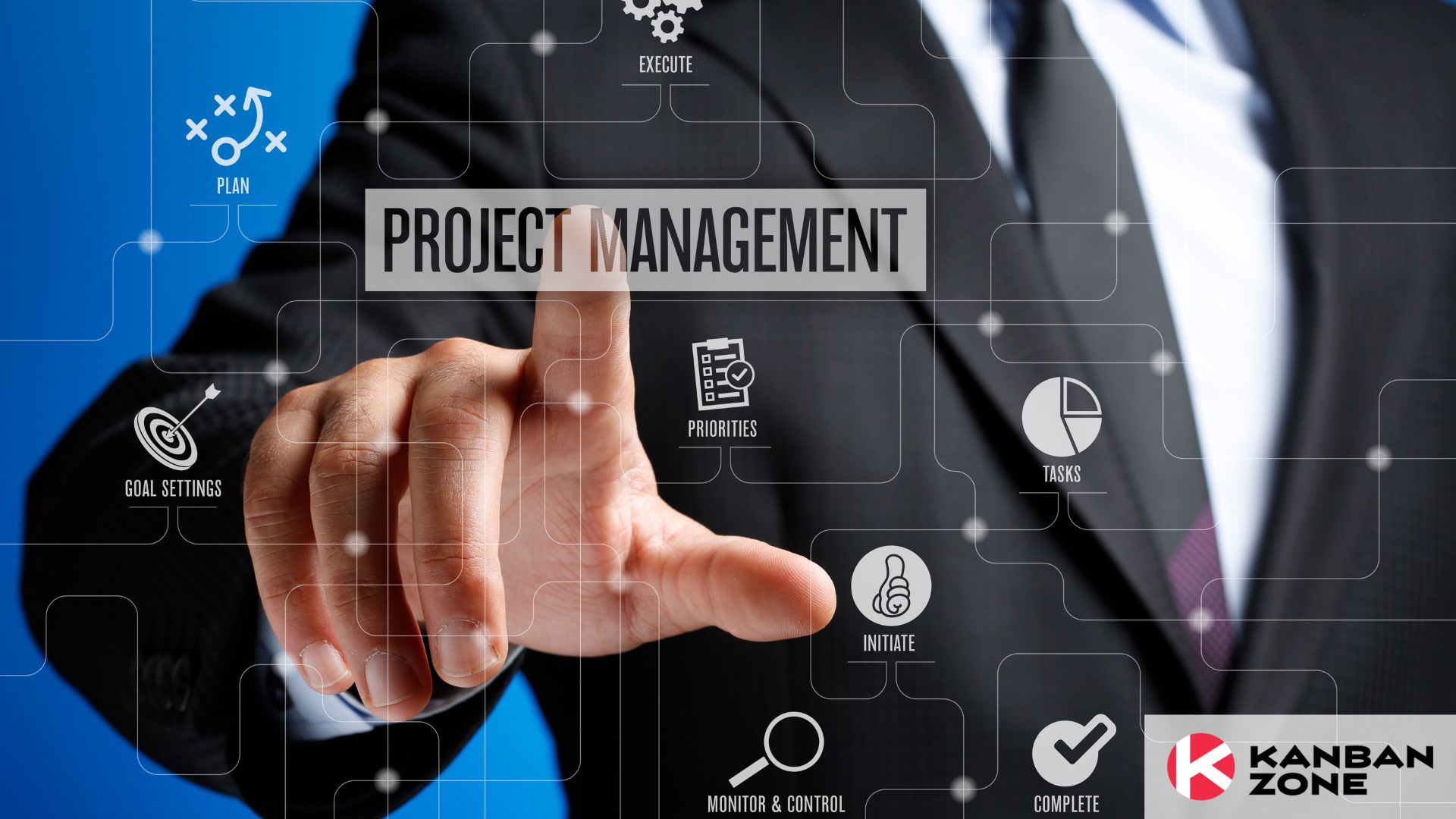
One of the key elements of productivity is intrinsic motivation. In the past, motivating people was a simple task for managers. They’d offer employees enticing rewards if they are more productive – to get more done. Simple and easy, right?
Nowadays, this outdated stick-and-carrot approach to motivation is ineffective though. Money isn’t the most powerful motivator to improve performance. Especially when it comes to performing more complex work, that requires conceptual creative thinking.
This doesn’t mean your hands are tied. As a manager, instead of relying on extrinsic motivators such as reward and punishment, you can use the power of intrinsic motivation to supercharge staff motivation.
Understanding the three key elements of intrinsic motivation: autonomy, mastery, and purpose can be the key to inspiring productivity.
Understanding Intrinsic and Extrinsic Motivation
There are two different types of motivation. Understanding what drives us to do the things we do can help us stay motivated – and keep others motivated (and productive) too. So let’s look into them and understand the main differences.
Intrinsic Motivations
When we are intrinsically motivated, our behavior is driven by an internal desire to do something because it is personally rewarding. For example, having the desire to learn a skill because you want to advance your career; exercising because you enjoy being active and it helps you relieve stress, cleaning your apartment because you like to tidy up; solving a word puzzle because you enjoy the mental challenge.
Extrinsic Motivations
Extrinsic motivation, on the other hand, is behavior encouraged by an external factor – usually because we want to get a reward or avoid punishment. Some examples include reading a book and studying hard to pass a test with a good grade; exercising to improve health and lose weight; writing an essay to compete for a scholarship; cleaning your home to prepare for visitors coming over.
Intrinsic Motivation and the Elements of Productivity
Extrinsic motivation can be a very positive enforcer of productivity in the workplace. Working to complete a project comes from extrinsic motivation – either praise from your manager or perhaps a raise, or even both.
But, it is less effective in the modern workplace where many professionals are doing cognitive work. In order to perform this type of work successfully and adequately, people need to enjoy the work they’re doing and feel it’s important. They need to feel intrinsically motivated to do more and accomplish better results. And the best way to achieve it is to tackle the key elements of productivity – autonomy, mastery, purpose.
Autonomy
Our self-direction is a natural disposition. And when we have the ability to choose what we work on, when, how, and who we work with, we can have much better collaboration and a grates sense of accountability to the organization. Autonomy results in a significant increase in motivation and allows people to be creative. It is the first of the three elements of productivity.
One way to give your employees autonomy is to follow Atlassian’s example and give people a certain amount of time, for example, half a day each week or one day per month, to work on whatever they want. The results can be positively surprising!
Another way to do it is to remove classic schedules form the workplace. Just let your team do the work when they want, one the condition that all tasks are completed on time. You can even allow them to work where they want for least a day or two per week. You can support this approach by using a visual management board such as Kanban that allows people to set their own pace, collaborate easily even when they are not sharing the same office space, and deliver on time.
Mastery
We want to choose what we do, but we also want to get better at doing it. We are driven by a sense of progress – in our work, in our skills and capabilities. Our job satisfaction, and our productivity, relies on many factors including how interesting is our job, how big the responsibility, and the opportunity to grow.
In the workplace, managers need to understand the elements of productivity and enable mastery by making sure that each person is matched with the right tasks. Assigning them tasks that are out of their skill range can be overwhelming and demotivating. While assigning them tasks that are too easy can make them bored. Matching people with the right tasks also means embracing a growth mindset and giving them room to improve. And allowing them to focus on their own mastery by collaborating with and drawing on the strength of their team to drive them further.
In addition to matching the right people with the right tasks, you can also offer training opportunities for your employees. Allowing them to attend seminars and go to courses can be very motivating and beneficial for them and the organization.

Purpose
Purpose provides a sense of working towards something that matters. It’s one of the key elements of productivity – it actually adds context to autonomy and mastery. Since we all want to be part of something significant and enduring, it’s clear why purpose is far more motivating than money. When employees believe in what the company is creating, they will be more motivated to be more productive, work harder, and inspired to meet goals and tackle challenges.
To instill your employees with a sense of purpose, you should make sure that everyone understands the organization’s vision. They should also understand how their work fits in the bigger picture, what the organization working is towards, and why it’s important.
This begins at the hiring stages. You should bring on only people whose values and drives align with your organization’s values and goals. And after you onboard them make sure they can see how important is their work to getting your closer to the main goal.

The Importance of the Motivation Trifecta
In today’s workplace, understanding people’s drives is more important than ever. And even though motivation is a very personal thing, there’s no denying that highly motivated people are more productive and efficient. They are more engaged and happier in their work.
So next time you think about improving productivity, instead of thinking in terms of jumping from one framework and methodology to another, try to come up with ways to increase your employees’ intrinsic motivation using the motivation trifecta. And how you can apply the elements of productivity to your and your organization’s advantage.
Learn to Work Smarter, Not Harder!
Get our top articles weekly.
Table Of Contents
Discover many more posts…







